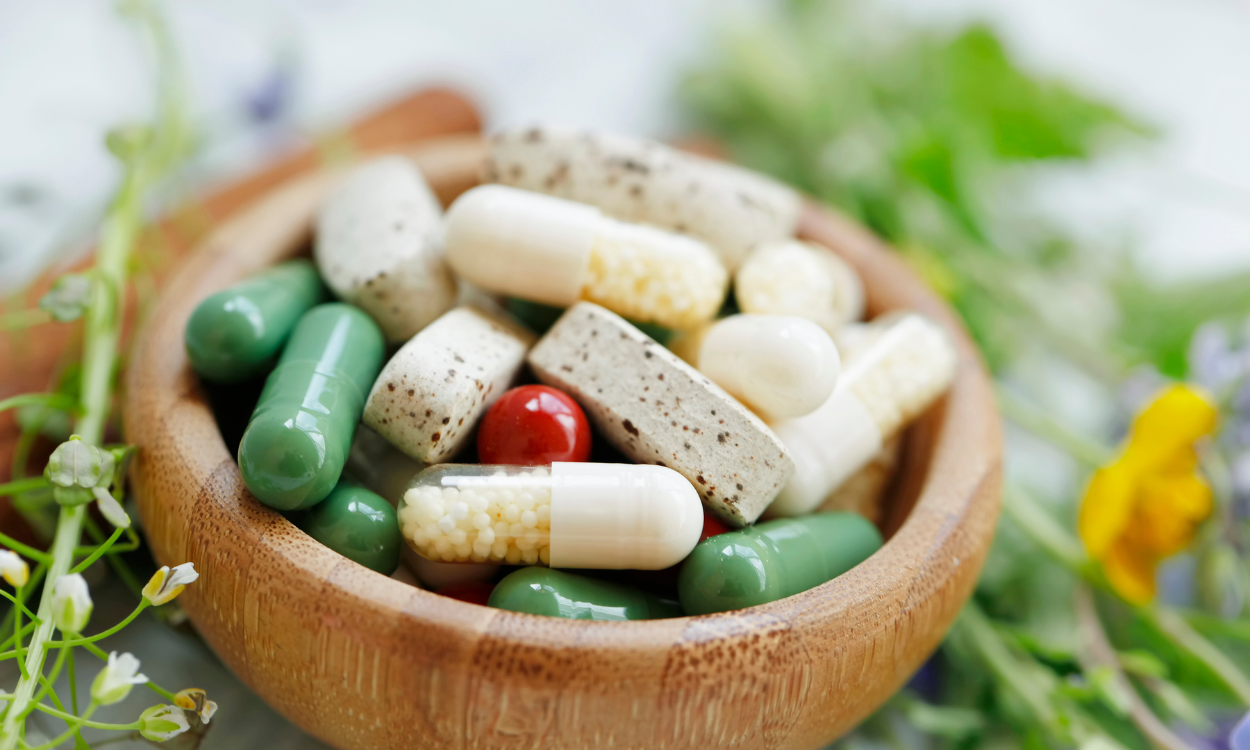Algal lipids have gained significant attention in recent years due to their potential as a sustainable source of biofuels, nutraceuticals, and other valuable products. However, the stability of extracted algal lipids is a critical factor that can greatly impact their applicability and commercial viability. Several key factors influence the stability of algal lipids, including the type of lipid composition, extraction method, storage conditions, and the presence of antioxidants or other stabilizing agents. Understanding these factors is essential for optimizing the quality and shelf life of extracted algal lipids, thus unlocking their full potential for various applications.
Exploring the Impact of Algal Species Composition on Extracted Lipid Stability
The composition of algal species plays a critical role in determining the stability of extracted lipids. Different algal species have varying lipid profiles, with some containing higher concentrations of unsaturated fatty acids which are prone to oxidation and degradation, while others may have more stable saturated fatty acids. Additionally, the presence of antioxidants such as carotenoids and tocopherols in certain algal species can help protect lipids from oxidative damage. Therefore, selecting algal species with a favorable lipid composition can enhance the stability of extracted lipids, ultimately impacting the quality and shelf-life of products derived from these lipids.

What role do extraction methods play in maintaining the stability of algal lipids?
Extraction methods play a crucial role in maintaining the stability of algal lipids by ensuring that the lipids are efficiently and effectively extracted from the algae while minimizing oxidation and degradation. By using gentle extraction techniques such as cold pressing or solvent extraction, the integrity of the lipids can be preserved, preventing the formation of oxidation products that can lead to rancidity and loss of nutritional value. Additionally, proper extraction methods can help to maintain the bioavailability of valuable fatty acids and antioxidants present in algal lipids, ultimately contributing to the overall stability and quality of the lipid extract.
Are there specific environmental factors that impact the stability of extracted algal lipids?
Yes, there are several environmental factors that can impact the stability of extracted algal lipids. These factors include temperature, light exposure, oxygen levels, and pH levels. High temperatures can accelerate lipid oxidation and degradation, while exposure to light can promote the formation of free radicals that can degrade lipids. Oxygen can also lead to oxidation of lipids, while fluctuations in pH levels can affect the stability of lipids. Proper storage conditions and handling procedures are important to maintain the stability of extracted algal lipids and ensure their quality for various applications.
How do storage conditions affect the stability of algal lipids over time?
Storage conditions can significantly impact the stability of algal lipids over time. Factors such as temperature, light exposure, and oxygen levels can all play a role in determining the longevity of these lipids. High temperatures can accelerate oxidation processes, leading to the degradation of lipids and the formation of rancid flavors. Exposure to light can also promote lipid oxidation, while oxygen can lead to the development of off-flavors and the breakdown of fatty acids. Therefore, storing algal lipids in cool, dark, and oxygen-free environments can help maintain their stability and preserve their quality over time.
Are there any additives or preservatives that can enhance the stability of extracted algal lipids?
There are several additives and preservatives that can enhance the stability of extracted algal lipids. These include antioxidants such as tocopherols, tocotrienols, and butylated hydroxytoluene (BHT), which help prevent oxidation and rancidity of the lipids. Additionally, chelating agents like EDTA can be used to bind metal ions that may promote lipid oxidation. Some researchers have also explored the use of natural preservatives such as essential oils or plant extracts to improve the shelf life of algal lipids. Overall, the addition of these additives and preservatives can help maintain the quality and stability of extracted algal lipids for longer periods of time.

How does the presence of contaminants or impurities impact the stability of algal lipids?
The presence of contaminants or impurities can have a significant impact on the stability of algal lipids. These substances can accelerate lipid oxidation and degradation, leading to the formation of harmful by-products such as free radicals and peroxides, which can affect the quality and nutritional value of the lipids. Contaminants can also promote microbial growth and contribute to the development of off-flavors and odors in the algal lipids. Additionally, impurities can interfere with the extraction and purification processes, potentially reducing the overall yield and purity of the final lipid product. Therefore, it is crucial to minimize the presence of contaminants and impurities in order to maintain the stability and quality of algal lipids.
What influence do processing techniques have on the stability of extracted algal lipids?
The stability of extracted algal lipids is significantly influenced by the processing techniques used during extraction. Various factors such as temperature, solvent type, and extraction time can impact the quality and stability of the extracted lipids. For example, high temperatures during extraction can lead to lipid oxidation and degradation, reducing the overall stability of the extracted lipids. Additionally, the choice of solvent can also affect the lipid stability, with certain solvents being more prone to oxidation than others. Therefore, employing proper processing techniques that minimize exposure to harsh conditions and use suitable solvents is crucial in maintaining the stability of extracted algal lipids.
Are there genetic factors within algal species that contribute to lipid stability?
Yes, there are genetic factors within algal species that can contribute to lipid stability. These genetic factors can impact the production of specific enzymes involved in lipid metabolism, as well as influence the composition of fatty acids present in the lipids. Additionally, certain genes may regulate the expression of proteins that are important for protecting lipids from oxidation and degradation, thus increasing overall lipid stability within algal cells. Understanding these genetic factors and their role in lipid stability can help researchers manipulate algal strains to enhance lipid production for various applications such as biofuel production or nutraceuticals.
Understanding the key factors influencing the stability of extracted algal lipids
In conclusion, the stability of extracted algal lipids is influenced by a variety of key factors. These factors include the species of algae being used, the extraction method employed, the storage conditions of the extracted lipids, and the presence of antioxidants or stabilizers. Additionally, the fatty acid composition of the lipids can also play a significant role in their stability. By carefully considering these factors and implementing appropriate strategies, researchers and industry professionals can optimize the stability of extracted algal lipids for various applications in the food, pharmaceutical, and biofuel sectors. Further research is needed to continue improving our understanding of how these factors interact and impact the overall stability of algal lipids.
